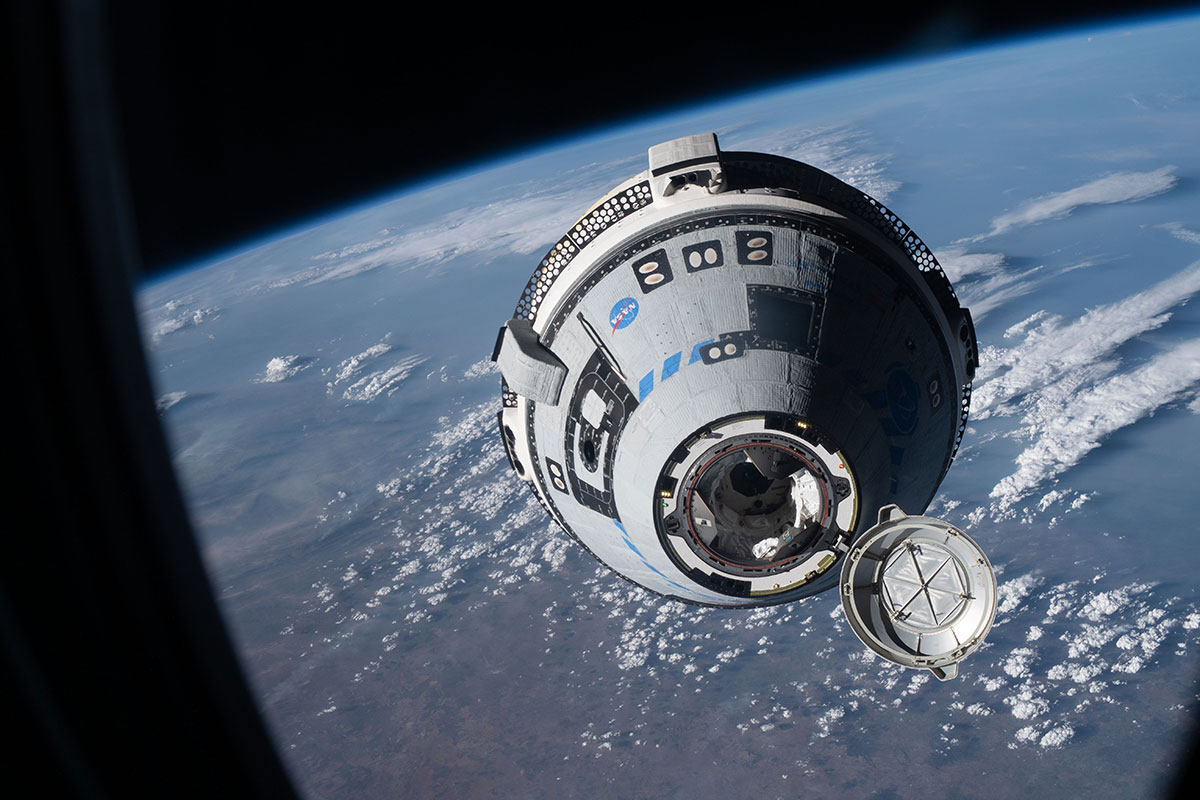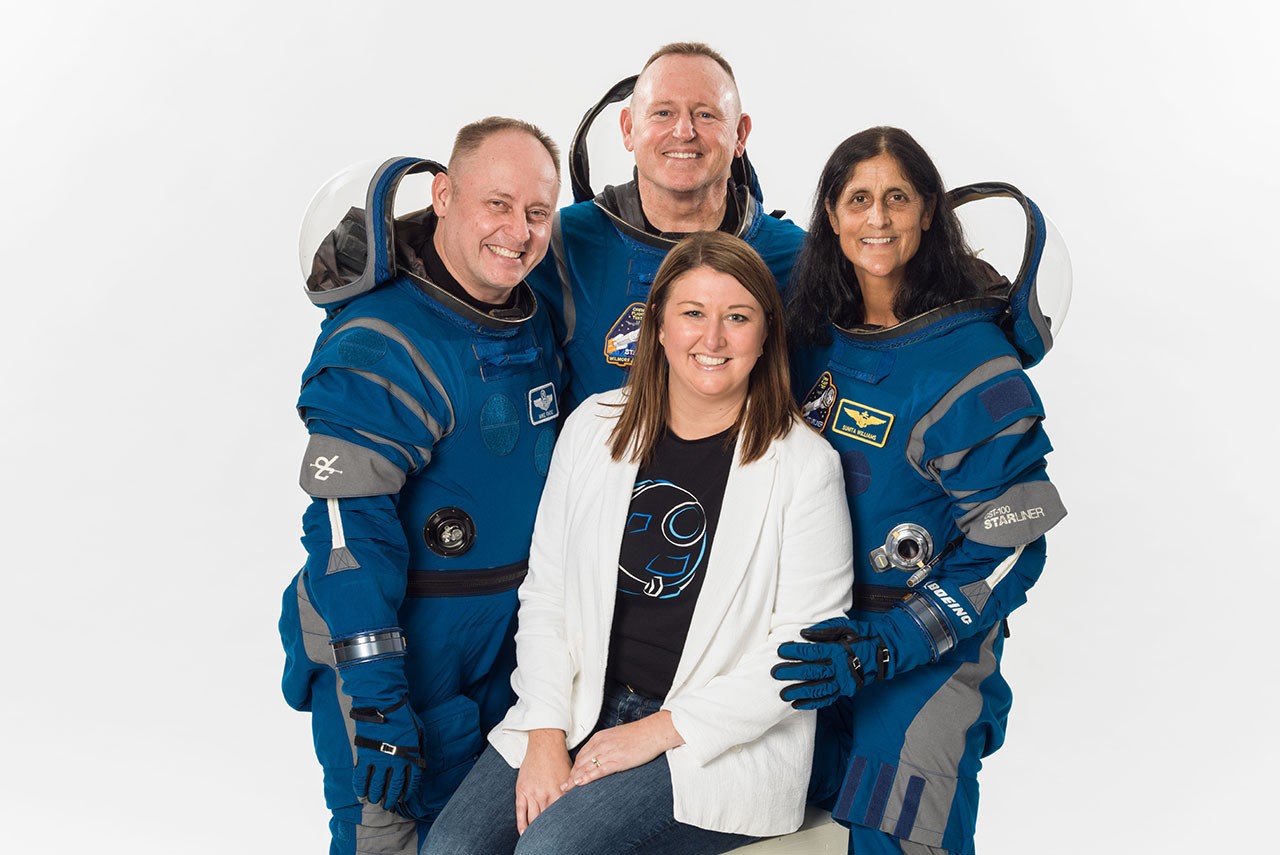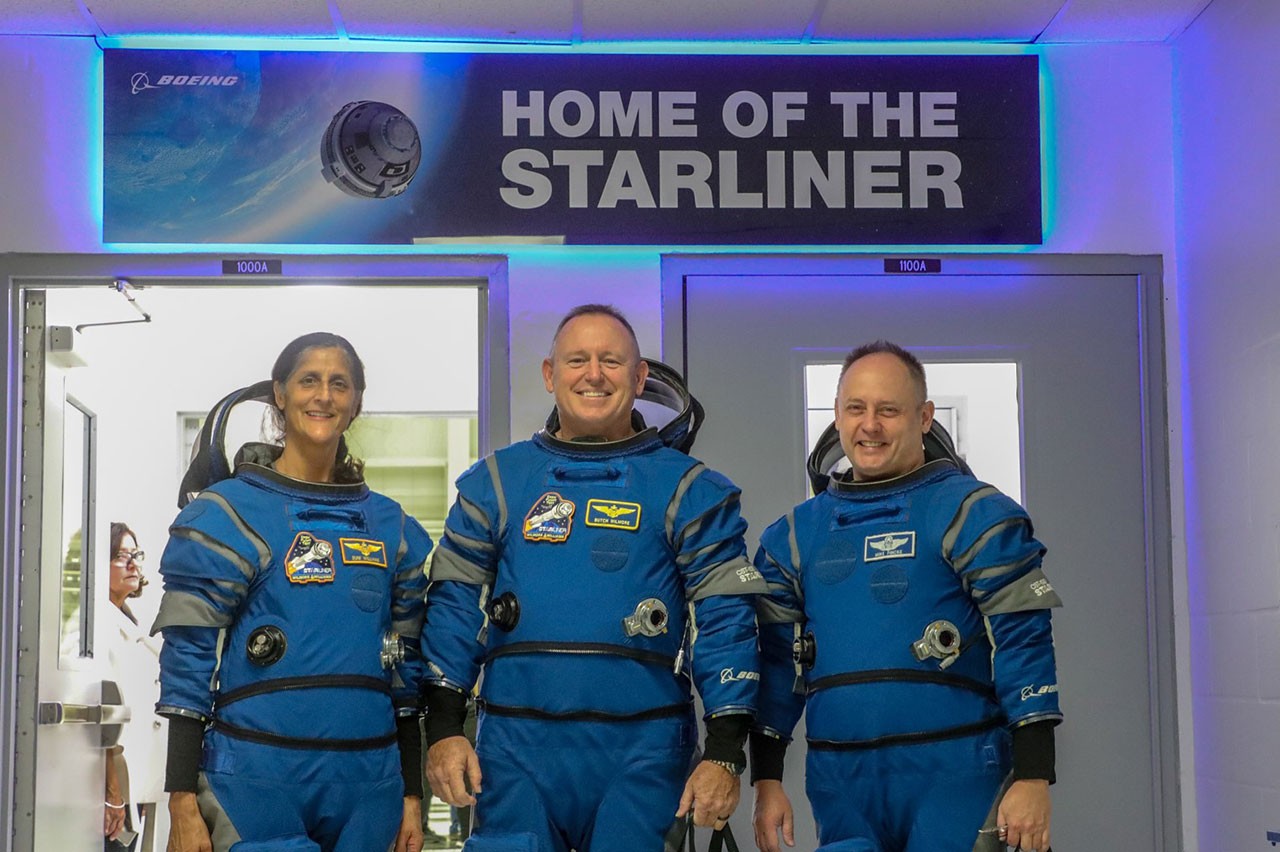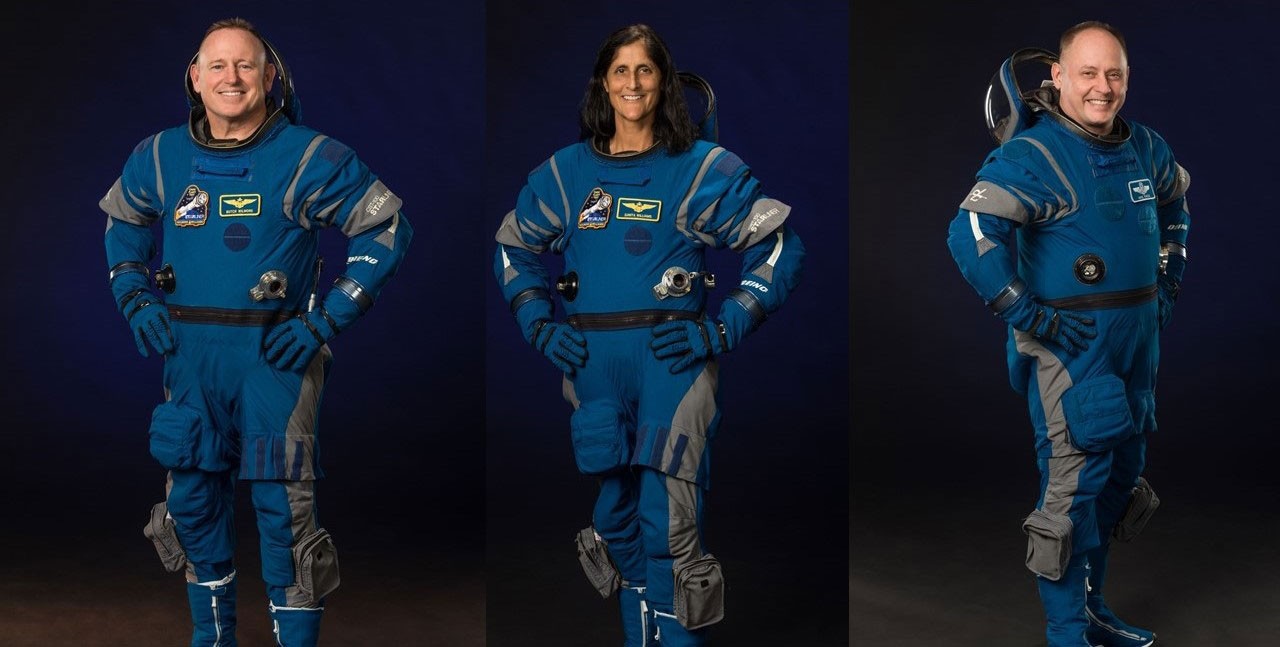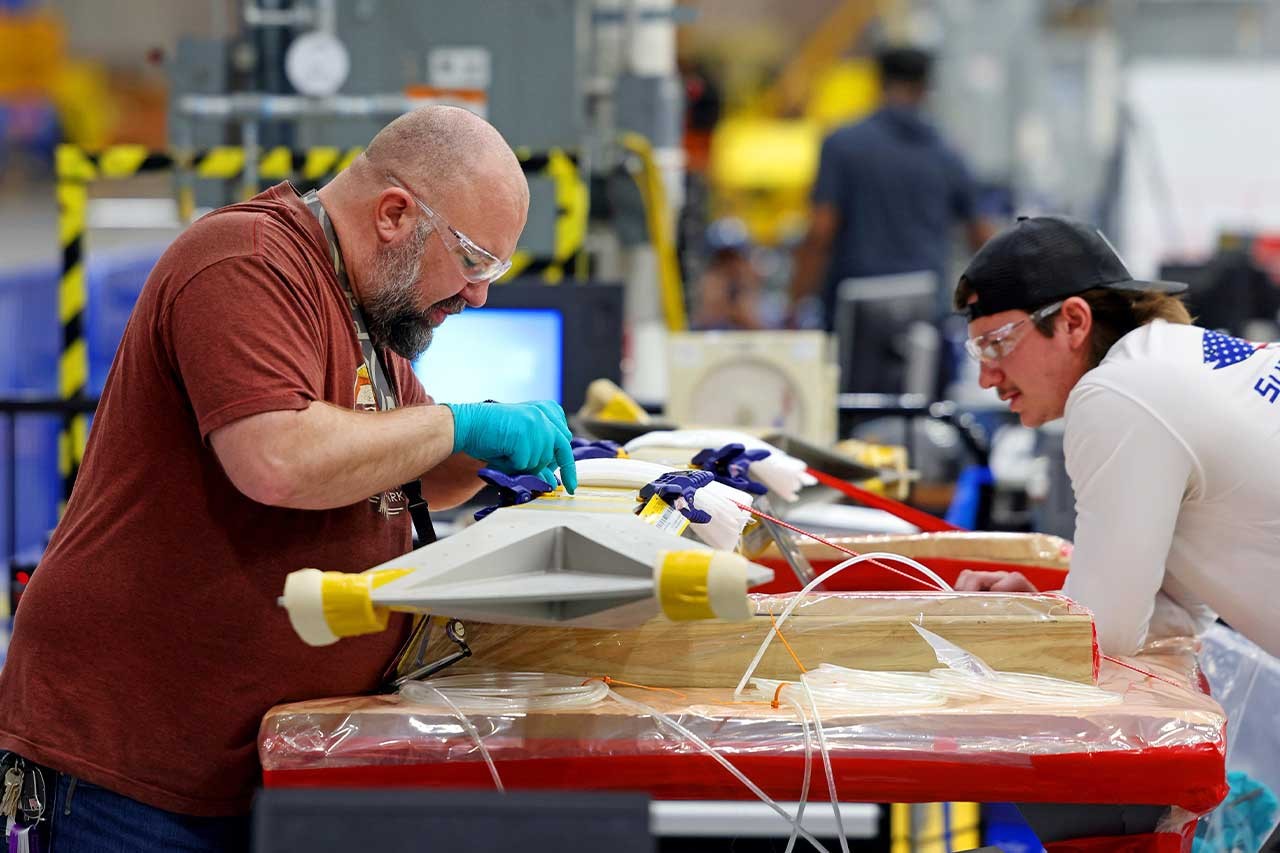Gods and Goddesses: NASA’s heavy lift rocket programs
A look at the similarities and differences between Apollo and Artemis
 The Space Launch System rocket (left) stands 322 feet tall while the Saturn V rocket (right) stood 363 feet tall. Both the past Apollo missions of Saturn V and future Artemis missions of the Space Launch System rocket ride on the shoulders of decades of perseverance, dedication, and innovation. NASA Photos
The Space Launch System rocket (left) stands 322 feet tall while the Saturn V rocket (right) stood 363 feet tall. Both the past Apollo missions of Saturn V and future Artemis missions of the Space Launch System rocket ride on the shoulders of decades of perseverance, dedication, and innovation. NASA Photos
NASA’s Apollo Program was fuel to the fire of the American consciousness that brought on a revolution, not only in science and technology, but in our passion for exploration and discovery. The Artemis program’s Space Launch System (SLS) rocket will do the same – taking us deeper into space and making it possible to reach beyond our current limits.
What’s the Same:
- SLS has an in-line rocket design with a spacecraft for carrying humans on top of the rocket.
- SLS has rocket stages that are jettisoned to lighten the payload as it sends humans and equipment to lunar orbit.
- SLS can send humans and equipment to the moon on a single launch, but SLS can send even larger, heavier payloads than the Saturn V.
- NASA facilities are the same, but very different, converted to be state-of-the art for design, build, test and launch.
What’s Different:
- While not as tall as the Saturn V, even the initial 322-foot tall configuration of SLS produces 15% more thrust during launch and ascent than the Saturn V.
- The Artemis I SLS core stage is the largest single rocket stage ever built by NASA and its industry partners.
- NASA will launch Orion on first-build hardware. SLS was designed and built using advanced computer-aided design and technologies such as friction stir welding for one-fourth the cost, allowing the first rocket built to fly as Artemis I. No prototypes.
- Computing advances allow hardware manufacture to such a tight tolerance and analyze it to such a fine point that Boeing could develop and build the most heavily instrumented rocket in history, more flexible and capable than Saturn V, crew-rated from the very beginning, all for one-fourth of the cost.
- The Saturn program used a building block approach, first building smaller rockets, such as the Saturn I and Saturn IB, and ending with Saturn V. SLS is using a building block approach as well, but SLS Block 1 is more powerful than the Saturn V or any rocket ever built and will fly crew for its second mission to the moon. The first mission is a lunar orbit test flight.
- NASA and its industry team will then build even larger, more powerful versions of the rocket as needed to meet America’s exploration goals beyond the moon and on to Mars.
By BDS Communications Team
To ensure stories like this show up in your news feed, be sure to join BNN’s Our History and Defense, Space & Security channels.
By: BDS Communications Team

